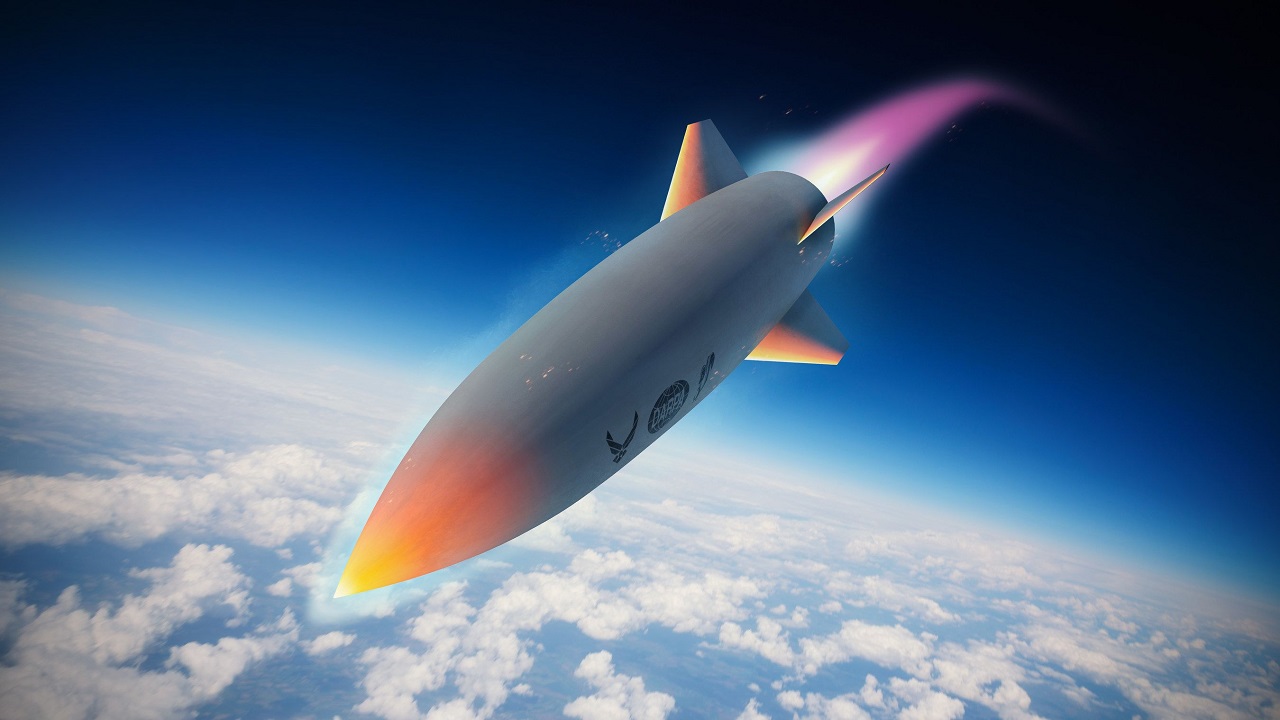Iran: How Building Hypersonic Missiles? Iran’s latest grandiose pronouncement seems to indicate a giant leap forward in its missile technology. Last week, Islamic Revolutionary Guard Corps aerospace commander Gen. Amir Ali Hajizadeh claimed that the country had developed a hypersonic ballistic missile.
Iran has a history of exaggerating military and weapons capabilities, so many industry experts remain skeptical of the announcement. Additionally, there are no reports that indicate the Iranian regime has even tested this caliber of missile, making the claim seem even more unlikely. Hajizadeh’s pronouncement comes as tensions rise between Iran and the U.S., and nuclear negotiations seem to have stalled. The regime has also been widely denounced by the international community for its brutal and repressive treatment of protesters in demonstrations that have swept the country. Perhaps Iran’s hypersonic claim was meant to distract the public from domestic turmoil.
What Was Iran’s Exact Claim?
On Thursday, Iran’s aerospace commander said that the country’s new hypersonic missile possesses high speed and maneuverability that will “target the enemy’s advanced anti-missile systems.” Hajizadeh added that the weapon “represents a great generational leap in the field of missiles.” State-run media outlets propagated the announcement, and some of them issued direct threats to Israel. News outlet Sobh-e-Sadegh reported that the hypersonic missile could reach Israel in 400 seconds. According to the Jerusalem Post, an Iranian defense expert wrote a piece describing the hypersonic missile as a gamechanger. The author referenced a letter penned by the late “father” of Iran’s missile program, Hassan Tehrani Moghaddam, which described the IRGC’s satellite launch vehicle program.
How Does a Missile Become “hypersonic”?
Weapons are given the label hypersonic when they can fly at least five times the speed of sound (Mach-5). However, not every missile that travels at hypersonic speed earns the label. Ballistic missiles, for instance, can travel at hypersonic speeds, but since they have set trajectories and limited maneuverability, they do not fit the category.
Two types of hypersonic weapons exist today: hypersonic glide vehicles, or HGVs, and hypersonic cruise missiles. A hypersonic cruise missile flies on a flatter course and is powered throughout its flight, unlike a glider. The U.S., China, Russia, and other world powers have focused their efforts on HGVs. These missiles feature warhead-carrying tips that can fly the missile at hypersonic speed while enabling the weapon to change its trajectory throughout the flight. This asset makes the missile extremely difficult to detect and take out, since the HGV can adjust its course and avoid missile defenses. An HGV is nearly impossible to stop once launched.
Russia’s Hypersonic Missile Use
Moscow’s Kh-47M2 Kinzhal hypersonic missile is a variant of its Iskander short-range ballistic missile. Although not an HGV, this nuclear-capable hypersonic air-to-surface missile can be fired from Russia’s MiG-31 fighter jets, giving it a greater range and the ability to strike from unpredictable locations, according to The Center for Strategic and International Studies.
Roughly four weeks into the Kremlin’s invasion of Ukraine, the Russian Defense Ministry reported that “The Kinzhal aviation missile system with hypersonic aeroballistic missiles destroyed a large underground warehouse of missiles and aviation ammunition of Ukrainian troops in the village of Delyatin, Ivano-Frankivsk region,” an event U.S. officials later confirmed. In May, a Russian bomber launched three Kinzhal missiles targeting the southern Ukrainian city of Odesa, destroying multiple civilian structures. In August, Russia’s defense minister claimed that the country’s arsenal of hypersonic missiles has been used three times over the course of its “special military operation” in Ukraine. While a third instance has not been confirmed, the missile’s ability to evade detection makes it one of Moscow’s most dangerous weapons.
Iran and Russia’s Budding Relationship
Moscow’s stockpile and use of Kinzhal hypersonic missiles might have influenced Iran’s recent announcement. Earlier this month, reports began to indicate that Moscow would soon be acquiring Iran’s Fateh-110 and Zolfaghar ballistic missiles. This latest exchange follows a period of increased military cooperation between the rogue states. Russia’s arsenal of killer combat drones can be traced back to Iran, and the regime recently admitted to supplying them.

Image: Creative Commons.
Since the Iranian regime has been supporting Moscow’s war efforts in Ukraine with weapons transfers, it may seek to leverage those sales into support for the development of its hypersonic missile program. While Iran’s claim that it currently possesses a working hypersonic missile seems dubious, Russian support would certainly accelerate Tehran’s timeline toward achieving this milestone.
Maya Carlin is a Middle East Defense Editor with 19FortyFive. She is also an analyst with the Center for Security Policy and a former Anna Sobol Levy Fellow at IDC Herzliya in Israel. She has by-lines in many publications, including The National Interest, Jerusalem Post, and Times of Israel.

